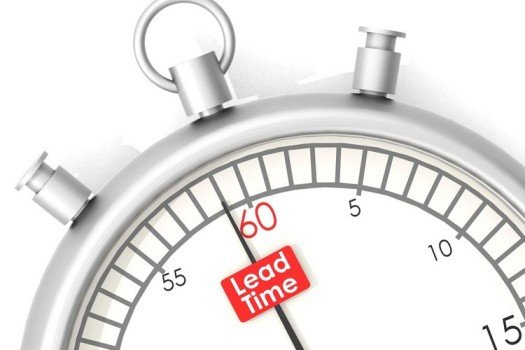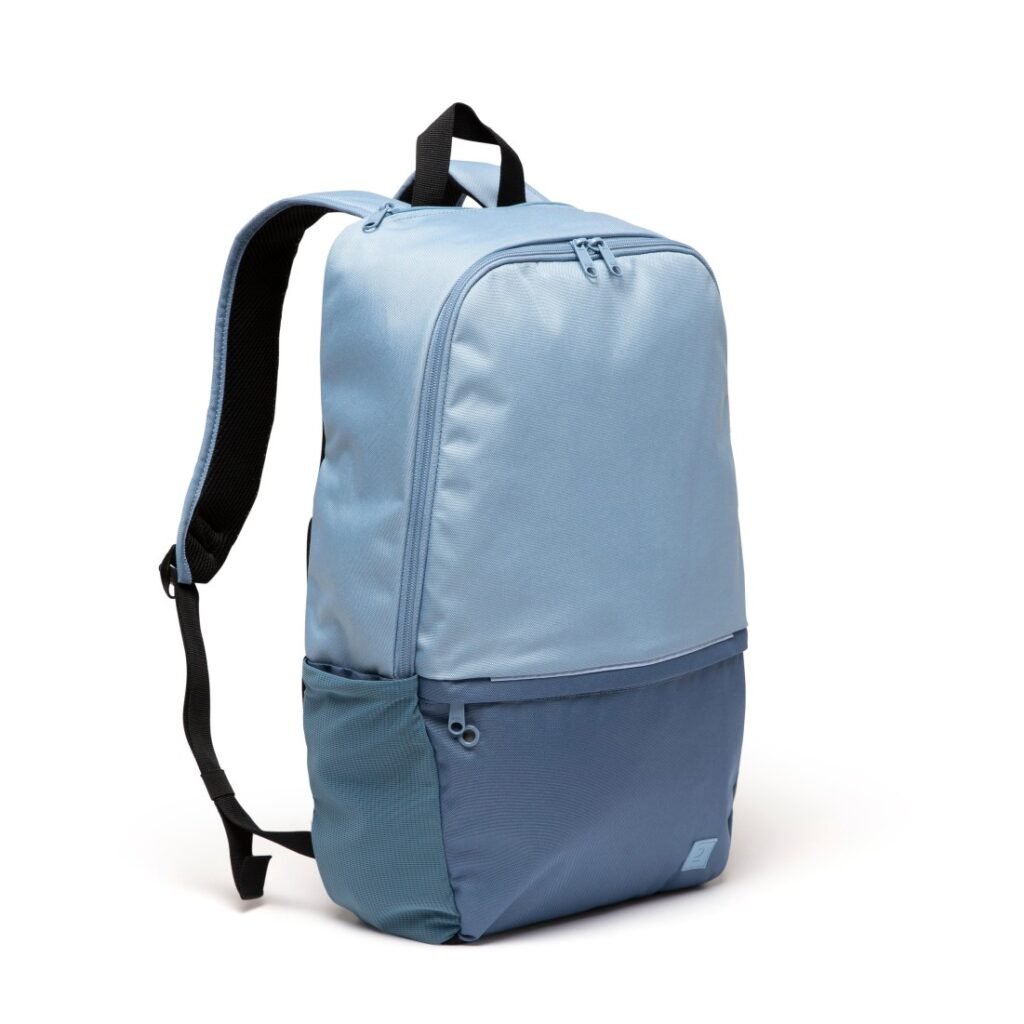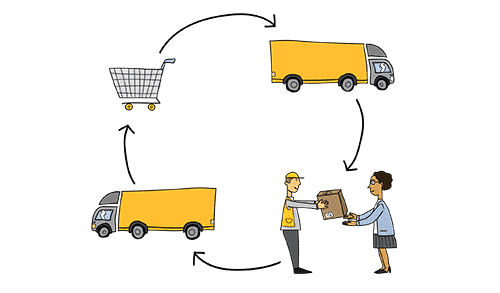
I. Introduction
Lead times in bag manufacturing refer to the duration it takes to complete the production of bags, from the initial order placement to the final delivery. Understanding lead times is crucial for businesses and designers as they play a pivotal role in project planning, inventory management, and meeting customer expectations. Various factors, including the type of bag, production complexity, material selection, order quantity, and production location, can significantly impact lead times. In this blog, we will unveil the hidden secrets behind how lead times vary for different bag types, helping you make informed decisions in the world of bag manufacturing.
II. Types of Bags and Their Significance

Why different bag types have unique manufacturing processes and lead times
- Design Complexity: Bag types vary widely in terms of design complexity. Simple tote bags, for instance, require less intricate production processes compared to backpacks with multiple compartments and zippers. Complex designs demand more time for pattern creation, cutting, and assembly, leading to longer lead times.
- Materials: The choice of materials varies based on the bag’s intended use. High-end leather bags, for example, require careful selection and processing of premium materials. Procuring and preparing these materials can extend lead times, particularly if they are sourced from distant suppliers.
- Customization: Bags designed with custom features or branding elements often take longer to produce. Personalized embroidery, screen printing, or unique hardware can add additional steps to the manufacturing process, increasing lead times.
- Order Quantity: The quantity of bags ordered can impact lead times significantly. Smaller orders might be produced more quickly, while larger quantities require additional time for material procurement, production scheduling, and quality control.
- Production Location: The location of the bag factory can affect lead times. Domestic manufacturing may offer shorter lead times due to proximity and easier communication, while overseas production can take longer due to shipping and coordination challenges.
The manufacturing process and lead times for different bag types are influenced by their design complexity, materials, customization, order quantity, and production location. Understanding these factors is crucial for businesses and designers when planning their bag production projects.
III. Factors Affecting Lead Times

A. Production Complexity
How the complexity of bag design affects lead times
The complexity of bag design significantly impacts lead times in manufacturing. Complex designs require more time for pattern development, cutting, and assembly due to intricate components, specialized techniques, and custom features. Quality control becomes essential, adding to the production timeline, and testing or prototyping may be necessary for functionality and aesthetics. Additionally, material selection for intricate designs can extend lead times, making it crucial for businesses and designers to account for these factors when planning bag production projects to ensure realistic timelines and meet quality standards.
The impact of customization and intricate features
These additions extend the production timeline due to the need for specialized craftsmanship, custom equipment, and careful quality control. Communication and coordination between designers and manufacturers play a crucial role, and in some cases, prototyping is required to ensure the desired outcome. Material selection can also contribute to longer lead times. While these elements enhance the uniqueness of bags, effective planning and collaboration are essential to ensure that customization and intricate details align with the production schedule.
B. Material Selection
How the choice of materials can influence lead times
It starts with the sourcing process, where the rarity or customization of materials, as well as their availability and quality, can extend lead times. Custom materials may require additional production time, while variations in lead times from different suppliers can affect planning. Ensuring material quality and compatibility with production processes adds to lead times, and the logistics of shipping and handling can introduce further delays. To manage lead times effectively, businesses must carefully consider material choices, plan ahead, and maintain clear communication with suppliers to ensure timely production.
The availability and sourcing of materials
Manufacturers must consider the availability of materials, especially for specialty or custom components, as their scarcity can lead to delays. Established supplier networks and lead time variability among different materials play significant roles in determining sourcing efficiency. Customization requirements, such as unique fabric prints or hardware finishes, can extend lead times due to additional production steps. Ensuring material quality through inspections upon receipt is essential but can add time to the sourcing process. Logistics and shipping considerations further influence lead times, particularly when materials need to be transported from distant suppliers. Effective material management and contingency planning are essential to mitigate potential delays caused by material availability challenges.

C. Order Quantity
How order volume affects production schedules
Larger orders benefit from economies of scale and optimized processes, potentially resulting in faster production times per unit. However, they may require extended lead times for material procurement, labor allocation, and quality control. Smaller orders, while more agile, can experience longer lead times due to batch scheduling and resource limitations. Manufacturers must carefully balance order volume and production efficiency, negotiating lead times accordingly, to meet customer expectations while maximizing production capacity and resource utilization.
The difference between small-batch and large-scale production
Small-batch and large-scale production in bag manufacturing vary notably in terms of quantity, lead times, customization, production efficiency, quality control, market flexibility, costs, and market focus. Small-batch production is ideal for limited quantities, shorter lead times, extensive customization, and stringent quality control, making it suitable for niche markets and tailored customer preferences. In contrast, large-scale production leverages economies of scale for cost efficiency and quicker production rates per bag but typically involves longer lead times, reduced customization options, and less agility in responding to market changes, targeting broader market segments with standardized designs. The choice between these approaches hinges on factors like business strategy, market niche, and production capacity.
D. Production Location
How the location of the bag factory can impact lead times
Proximity to material suppliers and transportation hubs can expedite material sourcing and shipping, reducing production lead times. Labor availability, regulatory compliance, infrastructure, and technological capabilities in the factory’s region influence production efficiency. Seasonal variations, time zone differences, and market proximity affect coordination and delivery times. International factories may encounter additional delays in customs and shipping for overseas markets. Manufacturers must carefully consider these location-related factors to optimize production timelines and meet customer expectations effectively.
IV. Strategies for Managing Lead Times

Tips for businesses to optimize lead times
To optimize lead times for bag projects, businesses and designers should start with early planning, streamline design complexity, and carefully select materials while maintaining effective communication with manufacturers. Prototyping can identify issues early, and selecting the right manufacturer with a track record of meeting deadlines is crucial. Consider order volume to benefit from economies of scale but avoid overloading capacity. Prioritize quality control to prevent rework, plan logistics for efficient shipping, and develop contingency plans for unexpected delays. Consistent monitoring and process optimization ensure efficient production, meeting customer expectations, and staying competitive in the market. The importance of effective communication with bag manufacturers
It ensures clarity in design specifications, quality standards, and customization needs, reducing the risk of misunderstandings and costly errors that could extend lead times. Open dialogue on timelines and schedules aligns expectations and facilitates problem-solving when issues arise, preventing production disruptions. Communication also supports informed decision-making regarding design changes and customization requests. Regular updates and transparency on progress enable monitoring of production milestones and early identification of deviations. Moreover, clear communication fosters trust and collaboration, leading to a cooperative and efficient working relationship with manufacturers, ultimately enhancing the likelihood of timely and successful project completion.
Ways to streamline the production process and reduce lead times
Simplifying bag designs, using standardized components, and investing in advanced equipment enhance manufacturing efficiency. Lean manufacturing principles help eliminate waste, while effective production batch scheduling minimizes changeovers and setup time. Strong supplier relationships and just-in-time inventory practices secure timely material deliveries. Cross-training workers, stringent quality control, and automation contribute to faster and error-free production. Efficient inventory management, communication, and production planning software optimize resource allocation. Regular performance analysis and a commitment to continuous improvement ensure ongoing process enhancements, ultimately enabling manufacturers to produce high-quality bags more quickly and cost-effectively.

V. Conclusion
In conclusion, the world of bag manufacturing is a complex and dynamic one, where lead times are influenced by a multitude of factors. We’ve delved into the secrets of how these lead times can vary for different bag types, exploring the impact of design complexity, material choices, order volume, factory location, and effective communication. It’s evident that while bag production can present challenges in meeting timelines, there are numerous strategies and best practices that businesses and designers can adopt to optimize lead times. From simplifying designs and streamlining production processes to maintaining strong relationships with suppliers and embracing continuous improvement, the key takeaways from this exploration provide valuable insights for those navigating the intricate world of bag manufacturing. By applying these principles, bag manufacturers can not only reduce lead times but also deliver high-quality, customized products that meet the diverse needs and preferences of today’s consumers.


